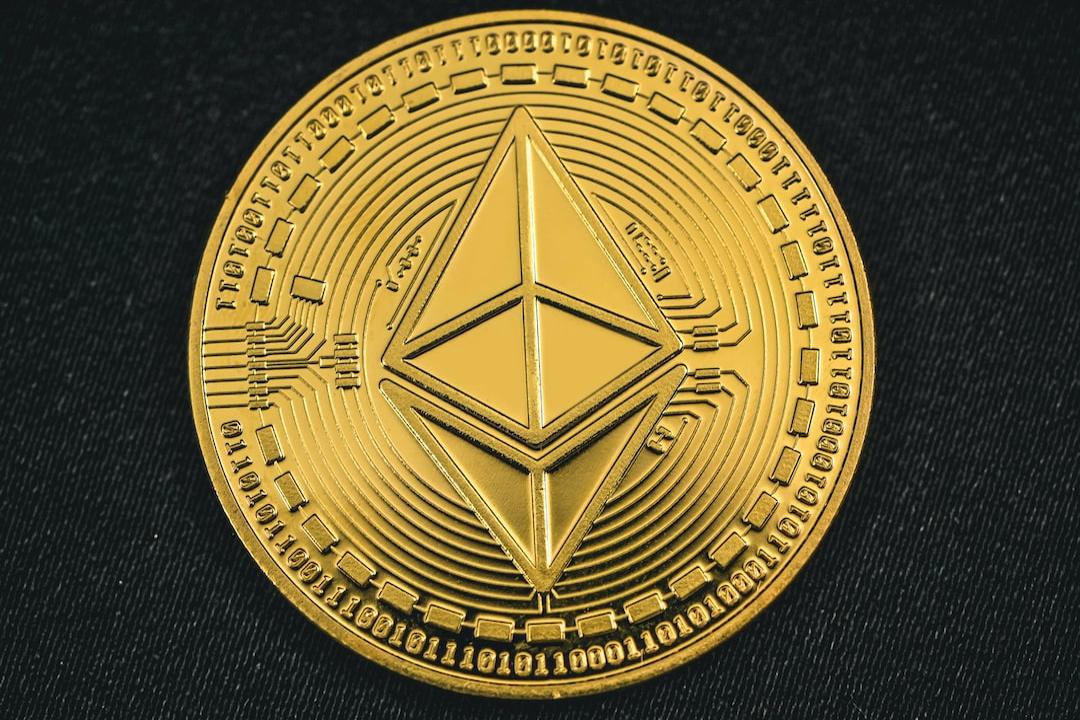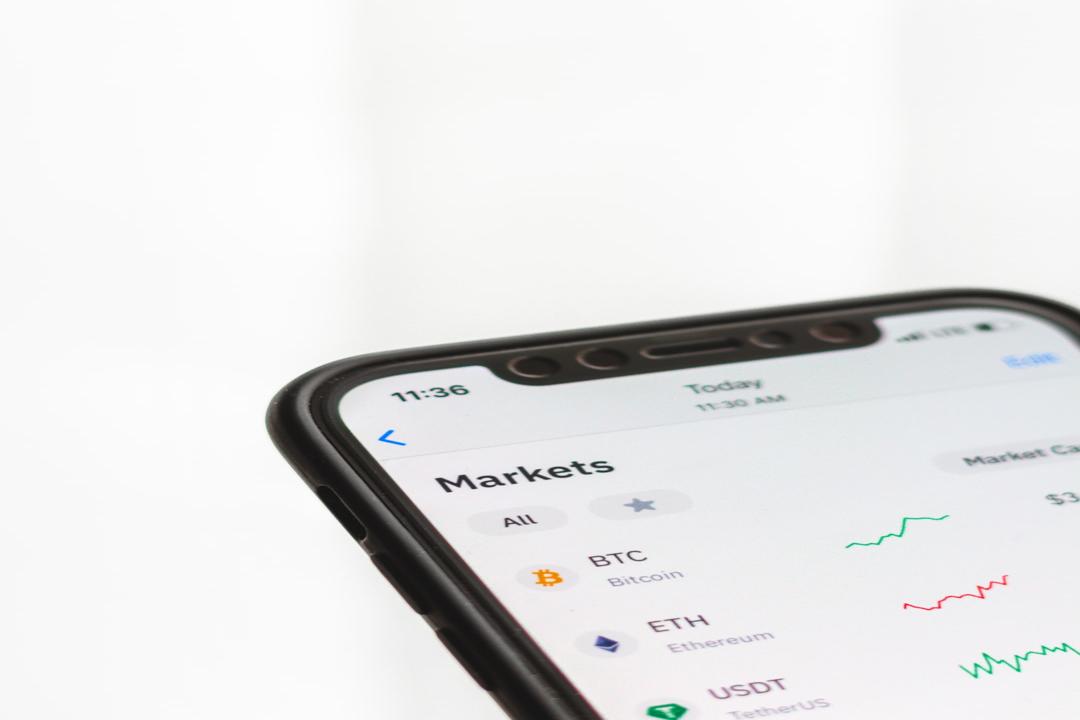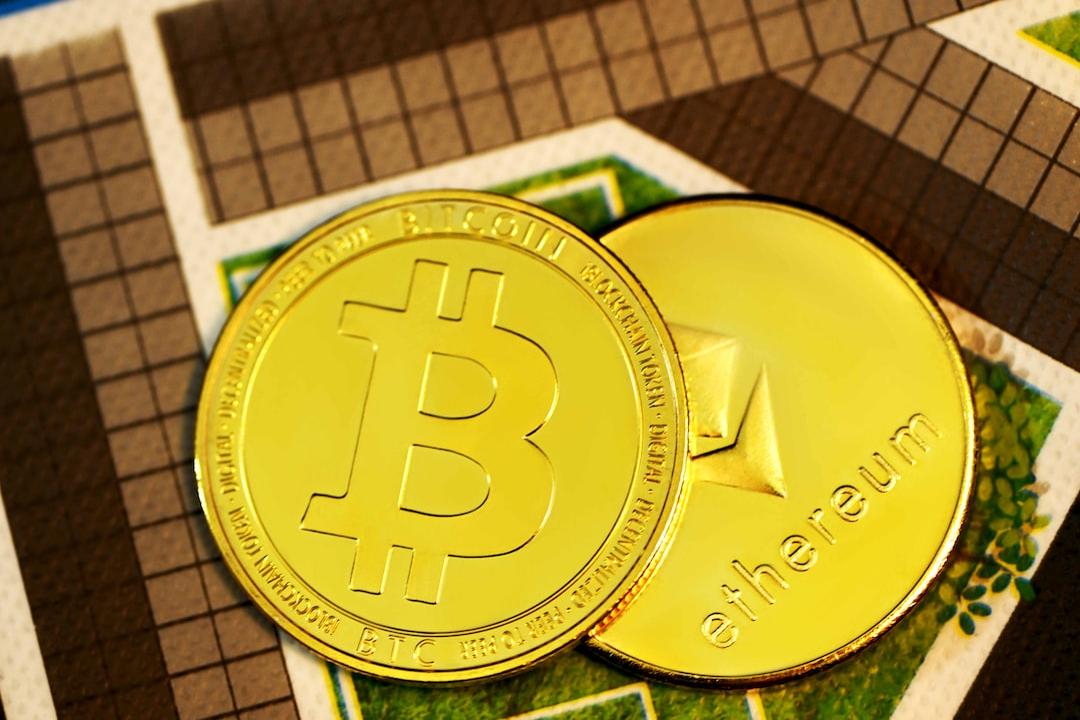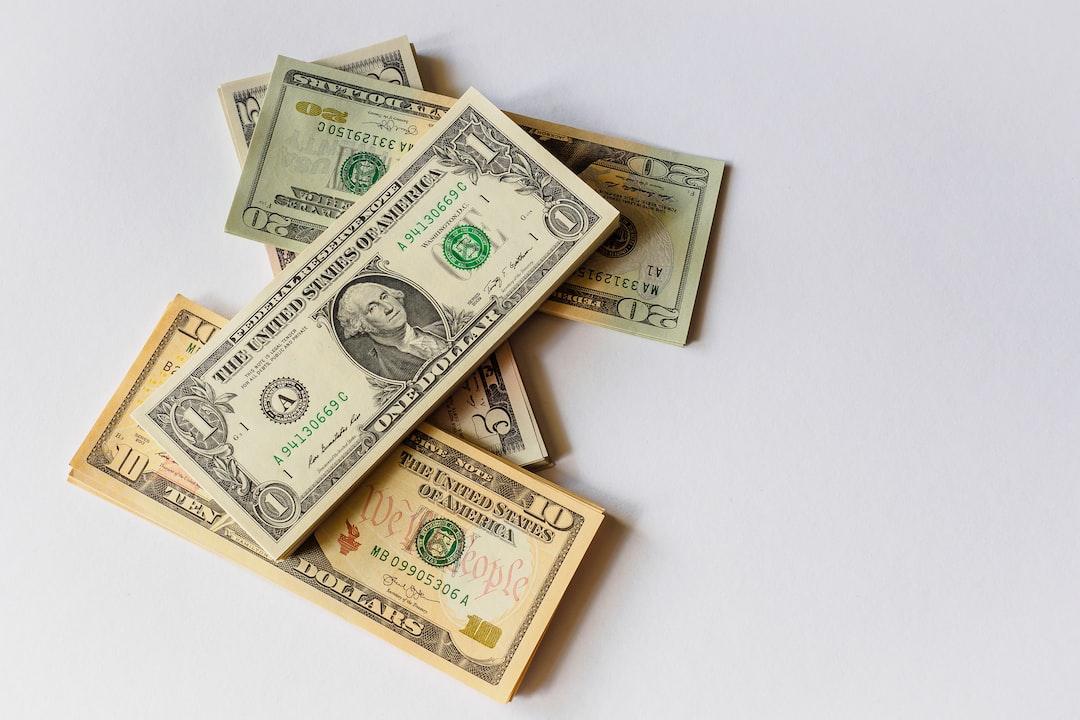Solana’s RWA project Parcl is expected to launch its token $PRCL in April this year, with a total supply of 1 billion tokens and an initial community supply of 7% to 8%. With the anticipation of potential airdrops, Parcl’s TVL (Total Value Locked) has skyrocketed and is currently approaching $120 million, nearly quadrupling since the beginning of the year.
Summary:
Since last year, Real-World Assets (RWA) have become a hot topic in the Web3 space. Some projects have been exploring ways to bring more assets into the crypto world, such as real estate.
One of these projects that recently caught the attention of Odaily, a news outlet, is Parcl. Unlike other projects that tokenize individual real estate properties, Parcl has built a regional real estate price index trading product. It has already expanded to 10 regions, primarily in US cities, and plans to launch real estate index products for cities like Hong Kong, London, and Jakarta in the future.
The official announcement states that Parcl will launch its token PRCL in April this year. With the anticipation of potential airdrops, the TVL continues to rise and has currently reached nearly $120 million, almost quadrupling since the beginning of the year. Odaily has summarized some methods on how to get potential airdrop opportunities.
Parcl is a decentralized derivatives platform for real estate indexes based on the Solana blockchain. Parcl’s real estate index is similar to traditional financial REITs (Real Estate Investment Trusts). However, Parcl does not tokenize existing mature REIT products directly. Instead, Parcl Labs collects data points for a specific city region and calculates the current local real estate market price index. This information is then transmitted on-chain through the Pyth Oracle.
Note: Parcl Labs Price Feed (PLPF) uses daily price estimates per square foot of residential real estate that provide multiple markets and property types.
Parcl has previously launched and operated its V2 version. Odaily has also translated an article about it titled “A Complete Guide to Solana’s RWA Platform Parcl: How RWA Changes Real Estate Investment.” This article will not go into detail about the usage process, but readers can refer to the previous article for more information.
Parcl is now implementing the V3 protocol version, which expands on liquidity issues, introduces decentralized governance, and includes risk control features to protect LPs (Liquidity Providers) and traders from market imbalances. In essence, there is no significant difference in user experience compared to the previous versions.
According to the product page, Parcl has a total of 10 tradable real estate market indexes, primarily in US cities. However, it will soon launch indexes for cities like Hong Kong, London, and Jakarta.

Currently, there are no other restrictions for trading on Parcl, and it can be traded with a minimum of 1 USDT. However, based on the observation of its index movements, the price fluctuations are relatively low. The data in the chart shows a leverage fluctuation rate of 10x over a 3-month period.
Therefore, Parcl is more suitable for investors with large capital and a need for asset diversification. Ordinary investors may be accustomed to the high volatility of the crypto market and may prefer more stable assets in traditional financial markets.
According to data from DeFiLlama, Parcl’s TVL is $119.1 million, nearly quadrupling since the beginning of the year, and it is still growing rapidly. With the upcoming Parcl airdrop, the project’s LPs and traders are increasing, which may be a core reason for the growth in TVL.

According to official information, Parcl will launch its token PRCL in April this year, with a total supply of 1 billion tokens and an initial community supply of 7% to 8%. The use cases of PRCL tokens can be summarized as follows:
– Data Function: PRCL tokens are integrated into the Parcl Labs API as a mechanism to access high-quality residential real estate data.
– Further Protocol Incentive Programs: Eligible PRCL holders may have the opportunity to participate in Perpetual Network Incentives, such as points. This program will be launched shortly after the initial distribution event.
More specific details about the token economics will be disclosed in March this year, and Odaily will continue to follow the updates.
Based on the development history of the Parcl project, the author has identified the following potential airdrop standards:
1. Parcl’s Points Program: Currently in its second season, this program has three criteria: LP Providers earn 4 points per USD, traders earn 2 points per USD (calculated at the time of opening a position), and inviting new users earns 10% points for the new user. According to the data, nearly 150,000 people are participating in this program.
2. NFT Holders: Parcl issued the “Homeowners Association” NFT in May 2022 at a price of 0.5 SOL. However, the price dropped below the issuance price within half a year. Due to the anticipation of airdrops, the price rose to 15 SOL by the end of 2023, and currently, there are no listings on Opensea.

Parcl stands out from other RWA real estate projects, especially considering the technical details of its real estate market index developed by Parcl Labs. The team is more professional, with members coming from Microsoft and well-known financial institutions. The project’s design is also innovative, using a self-developed index-based derivative trading platform, which is different from directly tokenizing traditional financial assets.
Parcl has no access restrictions, making it accessible to most Web3 users (excluding the US), which also makes it easier to expand.
Although there are no access restrictions, the limited returns may be a limiting factor in its expansion. Due to the inherent nature of real estate, price fluctuations are lower compared to the crypto market, making it more suitable for investors seeking stability and familiarity with real estate. The trading enthusiasm of Web3 users may be hindered by this.
Furthermore, according to the tokenomics model released by Parcl, the initial supply only accounts for 7% to 8%, and some tokens may be rewarded to participants in trading or adding LPs, attracting more users and continuous inflows.
In conclusion, the fundamentals of the Parcl project are good, and its future development will depend on the token strategy after the airdrop.

Related Reports
Decoding the Valuation of MakerDAO: Lending + RWA, a Secret to Surviving Bull and Bear Markets
Citi Adopts Avalanche Subnet “Forward RWA” to Test Tokenization of Private Equity Funds


